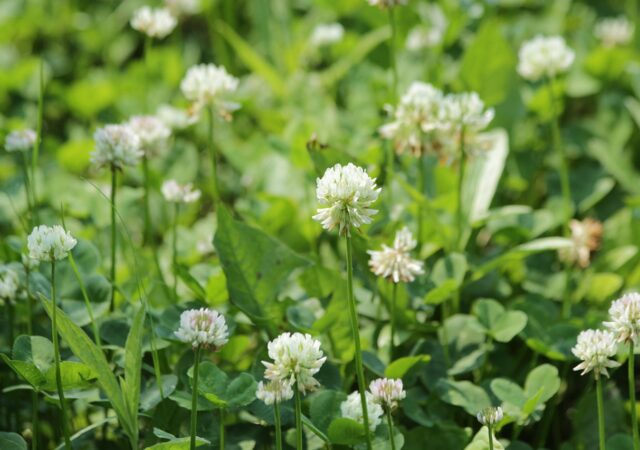A proper fall garden clean-up is essential for maintaining a healthy, beautiful landscape year after year. By taking time to tidy your garden in autumn, you can prevent pests and diseases from overwintering and set your plants up for success in spring. Use our expert fall garden maintenance checklist to ensure your garden is ready for winter.
Why Fall Garden Maintenance Matters
Cleaning up your garden in fall helps:
- Prevent pest infestations and plant diseases
- Improve soil health for spring planting
- Protect perennials and shrubs through harsh winter temperatures
- Make garden planning easier next season
Fall Garden Clean-Up Checklist
- Document Your Garden Layout
Take photos or make notes of your current garden layout. This will help with spring planning, crop rotation, and optimizing your planting space. Crop rotation is especially important in vegetable gardens to reduce soil-borne disease and maintain soil fertility. - Cut Back Vines and Protect Canes
Use pruning shears to cut back grapevines, raspberries, and blackberries. Leave six of the strongest canes per foot of row. Mound soil around the base to insulate them from hard frost and protect new growth. - Remove Fallen Leaves from Garden Beds
Clearing leaves from flower and vegetable beds prevents fungal diseases and slugs. Save leaves by bagging them to break down into leaf mold over winter—or shred and rake them into borders as a natural mulch. - Cut Back Perennials (If Needed)
Trim back perennials that don’t offer winter interest to about ground level. For plants with above-ground crowns like heuchera or lady’s mantle, trim carefully to avoid damaging the crown. Apply a light sprinkle of phosphate fertilizer and cover with a layer of mulch or straw for winter protection. - Clear Out Annuals
Pull out annual plants and compost them—unless they show signs of disease. Leave ornamental grasses, astilbe, and baptisia for winter texture and wildlife interest. - Weed Thoroughly
Remove weeds and debris from all flower and vegetable beds. This reduces the chances of weeds taking over in early spring. - Store Garden Ornaments
Move ceramic and concrete garden decor to a dry place before freezing weather arrives. Freeze-thaw cycles can cause these items to crack or flake. - Cover Compost Piles
Before the snow flies, insulate your compost pile with a layer of straw or a plastic sheet. This helps keep the microbial activity going through the winter.
By following this fall clean-up checklist, you’ll improve your garden’s health, reduce spring workload, and protect your plants through the cold months ahead. Don’t have room for a fall clean-up on your plate? Contact our team of experts to schedule your clean-up.
For more tips on fall gardening and winter preparation, stop by Sunnyside Gardens or check out our seasonal blog archive.




